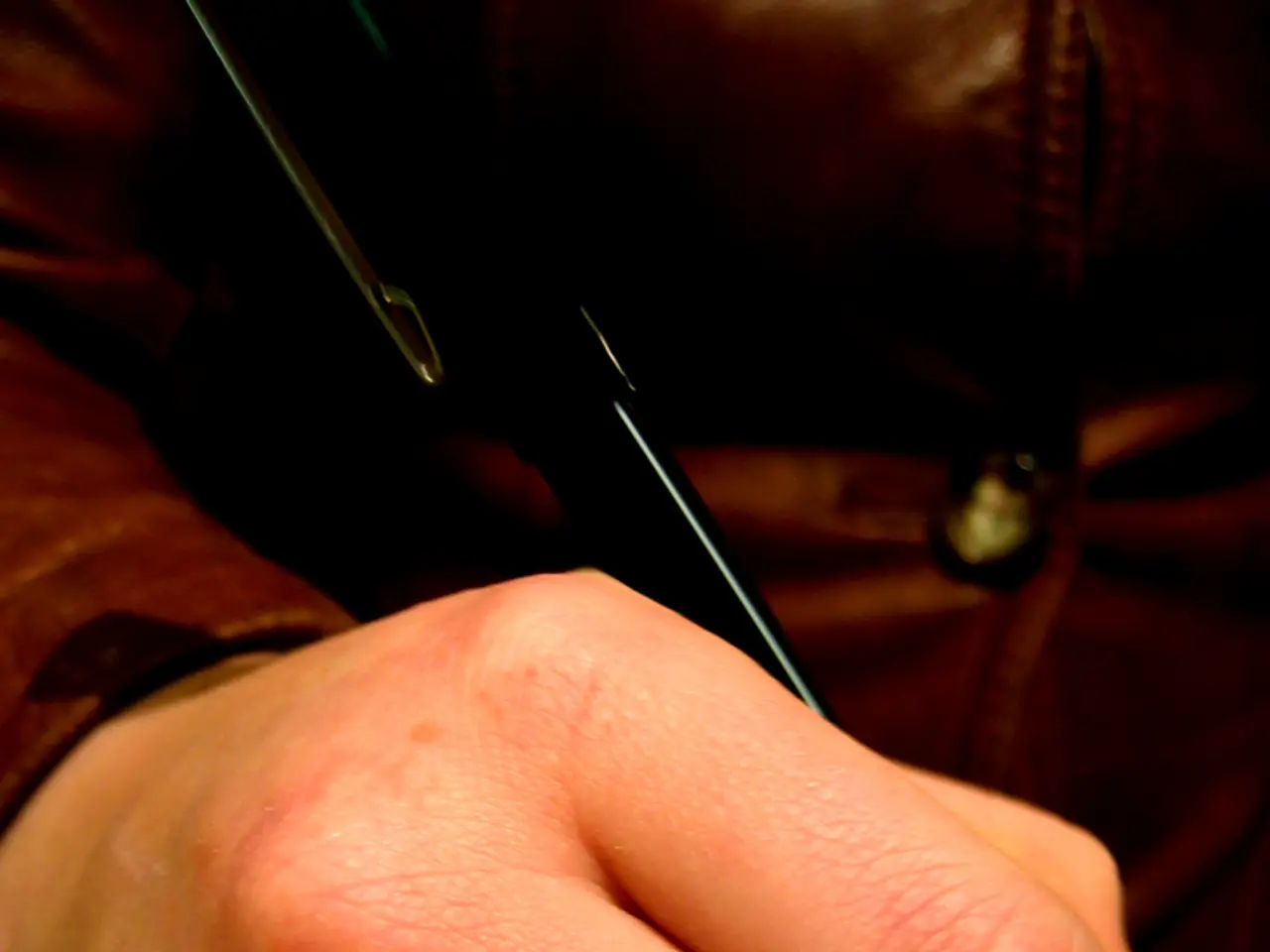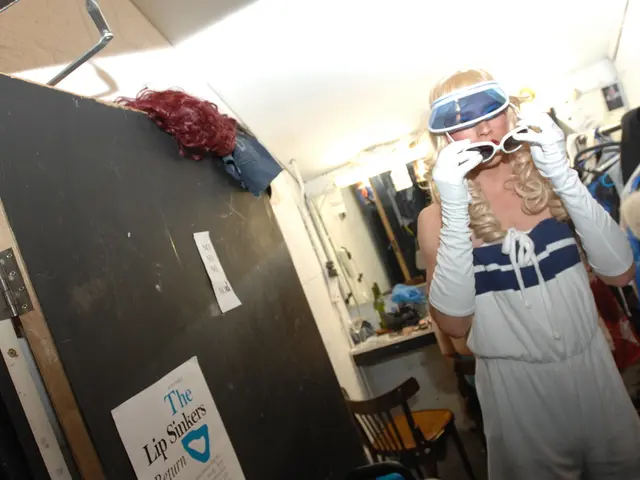Boosting Neural Pathways Through Non-Preferred Hand Writing?
Picking up a pen with your non-dominant hand might seem like a simple task, but it can have far-reaching benefits for your brain. This practice encourages neuroplasticity—the brain's ability to reorganize and form new neural connections—by activating areas that are typically less active during dominant hand use.
Activating the Less Dominant Brain Hemisphere
By writing with your non-dominant hand, you access different areas of the brain, often associated with creativity, intuition, and spatial processing, beyond the rational and linear capacities linked to the dominant hemisphere. This activation leads to new insights and more balanced brain functioning.
Formation of New Neural Pathways
This deliberate awkwardness and challenge from using the weaker hand require increased concentration and effort, effectively "training" the brain like a muscle. Over time, benefits may spill into unrelated mental tasks, particularly those requiring attention, persistence, or adaptability.
Improved Problem Solving and Idea Generation
Non-dominant hand writing is linked with tapping into latent insights and alternative perspectives, which may help in solving problems or generating creative thoughts. Regularly practicing tasks such as writing or performing everyday activities with the non-dominant hand promotes adaptability in thought processes and brain function.
Enhanced Cognitive Flexibility
Measurable improvements in coordination and focus can emerge within 2-4 weeks of consistent practice. Small, regular practice sessions with the non-dominant hand can stimulate adaptation, and therapists and neurologists sometimes incorporate non-dominant hand activities in stroke recovery programs, dementia prevention, or post-injury retraining.
Compensating for Damage or Decline
Activating underused areas of the brain through non-dominant hand activities may compensate for damage or decline elsewhere. Combining non-dominant hand activities with doodling or sketching adds motor variety to the practice, making it even more beneficial.
Initially, practice may feel frustrating, awkward, and slow due to the brain allocating additional resources. However, with persistence, writing with your non-dominant hand can become a simple, accessible exercise that stimulates brain areas less frequented in daily life, enhances cognitive flexibility, and boosts problem-solving ability.
Read also:
- Is it advisable to utilize your personal health insurance in a publicly-funded medical facility?
- Dietary strategies for IBS elimination: Aims and execution methods
- Benefits, suitable dosage, and safety considerations for utilizing pumpkin seed oil in treating an overactive bladder
- Harmful Medical Remedies: A Misguided Approach to Healing








